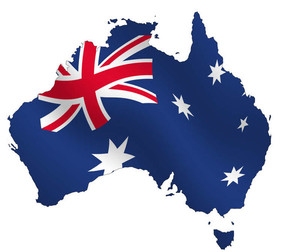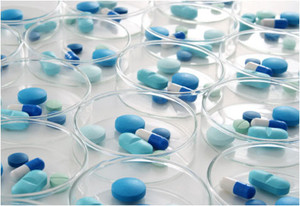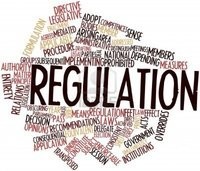The Therapeutic Goods Administration (TGA), Australia’s regulatory body for therapeutic goods, announced on 3 June 2015 that it had adopted ten European Union (EU) guidelines in Australia.
The documents under question include guidelines on quality, clinical efficacy and safety, non-clinical, and also include two of the European Medicines Agency’s (EMA’s) overarching guidelines on biosimilars.
The overarching guideline on similar biological products was finalized on 23 October 2014 and came into effect in Europe on 30 April 2015 [1]. EMA’s guideline on non-clinical and clinical issues of biosimilars was finalized on 18 December 2014 and came into effect in Europe on 1 July 2015 [2].
Guideline on similar biological medicinal products CHMP/437/04 Rev 1
Effective date: 30 April 2015
www.ema.europa.eu/docs/en_GB/document_library/Scientific_guideline/2014/10/WC500176768.pdf
Guideline on similar biological medicinal products containing biotechnology-derived proteins as active substances: non-clinical and clinical issues
EMEA/CHMP/BMWP/42832/2005 Rev1
Effective date: 1 July 2015
www.ema.europa.eu/docs/en_GB/document_library/Scientific_guideline/2015/01/WC500180219.pdf
The guideline on similar biological medicinal products outlines the general principles to be applied for biosimilars and describes and addresses the application of the biosimilar approach, the choice of the reference product and the principles for establishing biosimilarity. The main change brought by this new guidance is the possibility for biosimilars developers to use a comparator authorized outside the European Economic Area (EEA) during the clinical investigation of a biosimilar.
The non-clinical and clinical biosimilars guideline addresses the non-clinical pharmaco-toxicological assessment, as well as the requirements for pharmacokinetic, pharmacodynamic and efficacy studies. The section on clinical safety and pharmacovigilance addresses clinical safety studies, including immunogenicity, as well as the risk management plan.
TGA carried out a public consultation on whether to adopt the EMA guidelines or not, which ended on 22 May 2015. As a result of comments received from relevant external stakeholders, including industry and consumer groups, TGA made the decision to adopt the guidelines, which became effective on 22 May 2015.
TGA has already adopted many of EMA’s guidelines for biosimilars, as well as publishing its own guidance on the evaluation of biosimilars [3].
Related articles
Australia reviewing plans for naming biosimilars
Biosimilars approved in Australia
References
1. GaBI Online - Generics and Biosimilars Initiative. EMA issues revised version of overarching biosimilars guideline [www.gabionline.net]. Mol, Belgium: Pro Pharma Communications International; [cited 2015 Aug 7]. Available from: www.gabionline.net/Guidelines/EMA-issues-revised-version-of-overarching-biosimilars-guideline
2. GaBI Online - Generics and Biosimilars Initiative. EMA issues revised guideline on non-clinical and clinical issues for biosimilars [www.gabionline.net]. Mol, Belgium: Pro Pharma Communications International; [cited 2015 Aug 7]. Available from: www.gabionline.net/Guidelines/EMA-issues-revised-guideline-on-non-clinical-and-clinical-issues-for-biosimilars
3. GaBI Online - Generics and Biosimilars Initiative. Australian guidelines for biosimilars [www.gabionline.net]. Mol, Belgium: Pro Pharma Communications International; [cited 2015 Aug 7]. Available from: www.gabionline.net/Guidelines/Australian-guidelines-for-biosimilars
Permission granted to reproduce for personal and non-commercial use only. All other reproduction, copy or reprinting of all or part of any ‘Content’ found on this website is strictly prohibited without the prior consent of the publisher. Contact the publisher to obtain permission before redistributing.
Copyright – Unless otherwise stated all contents of this website are © 2015 Pro Pharma Communications International. All Rights Reserved.








 0
0











Post your comment